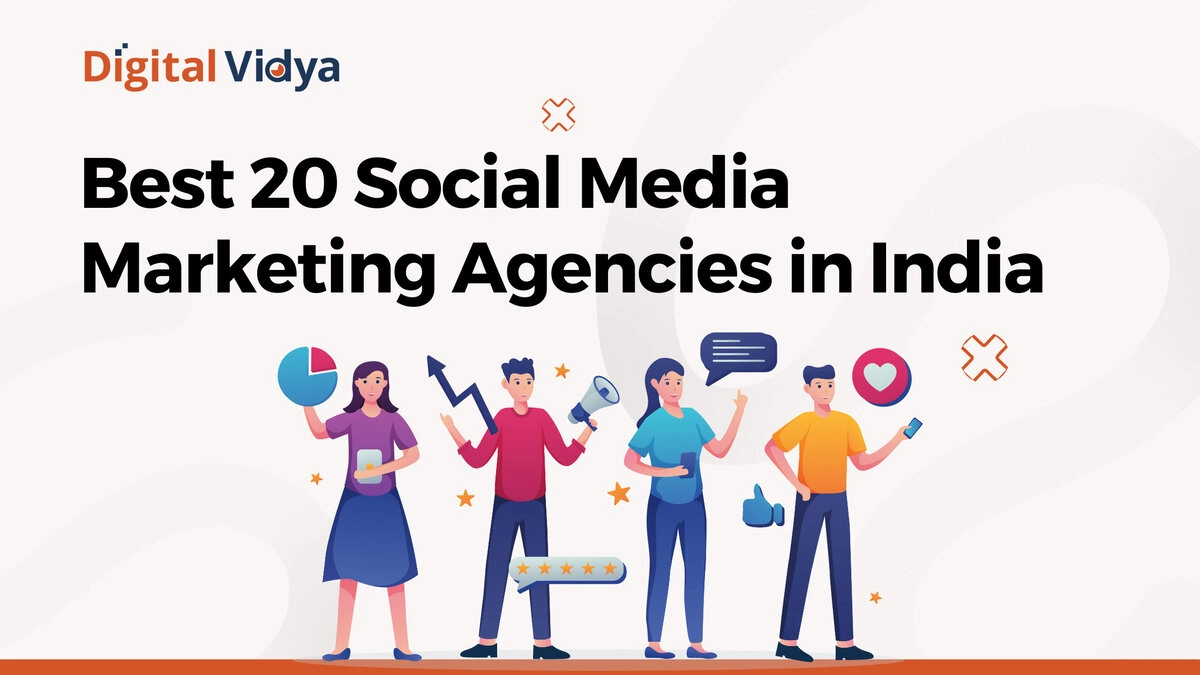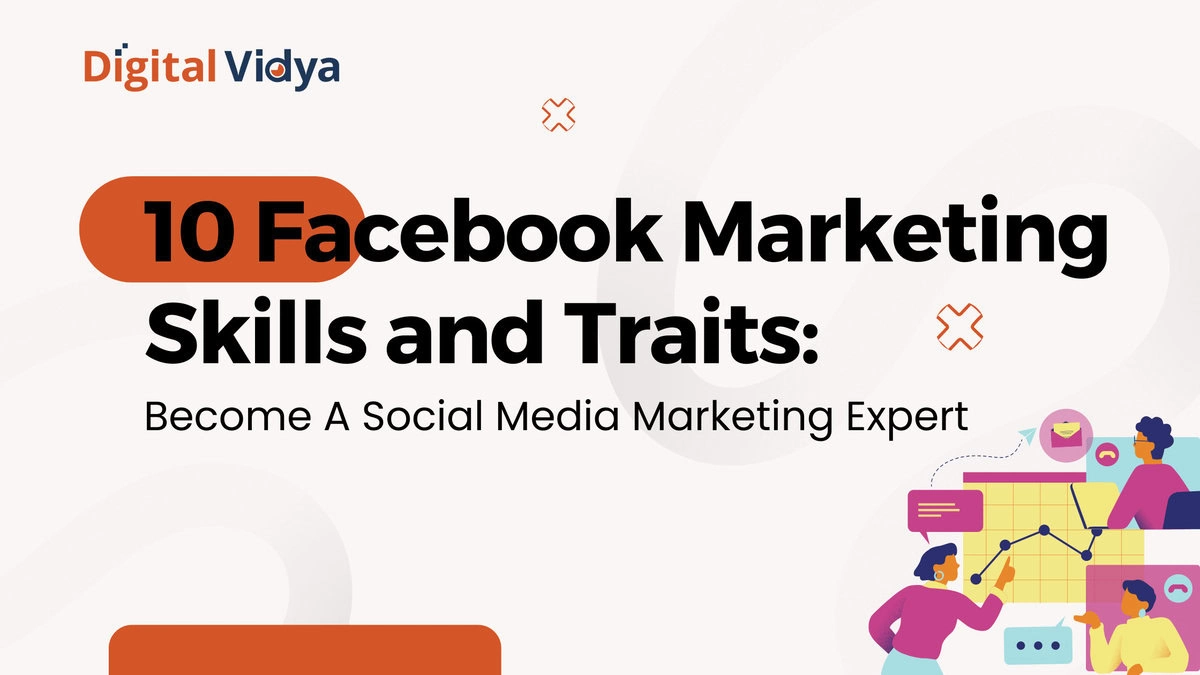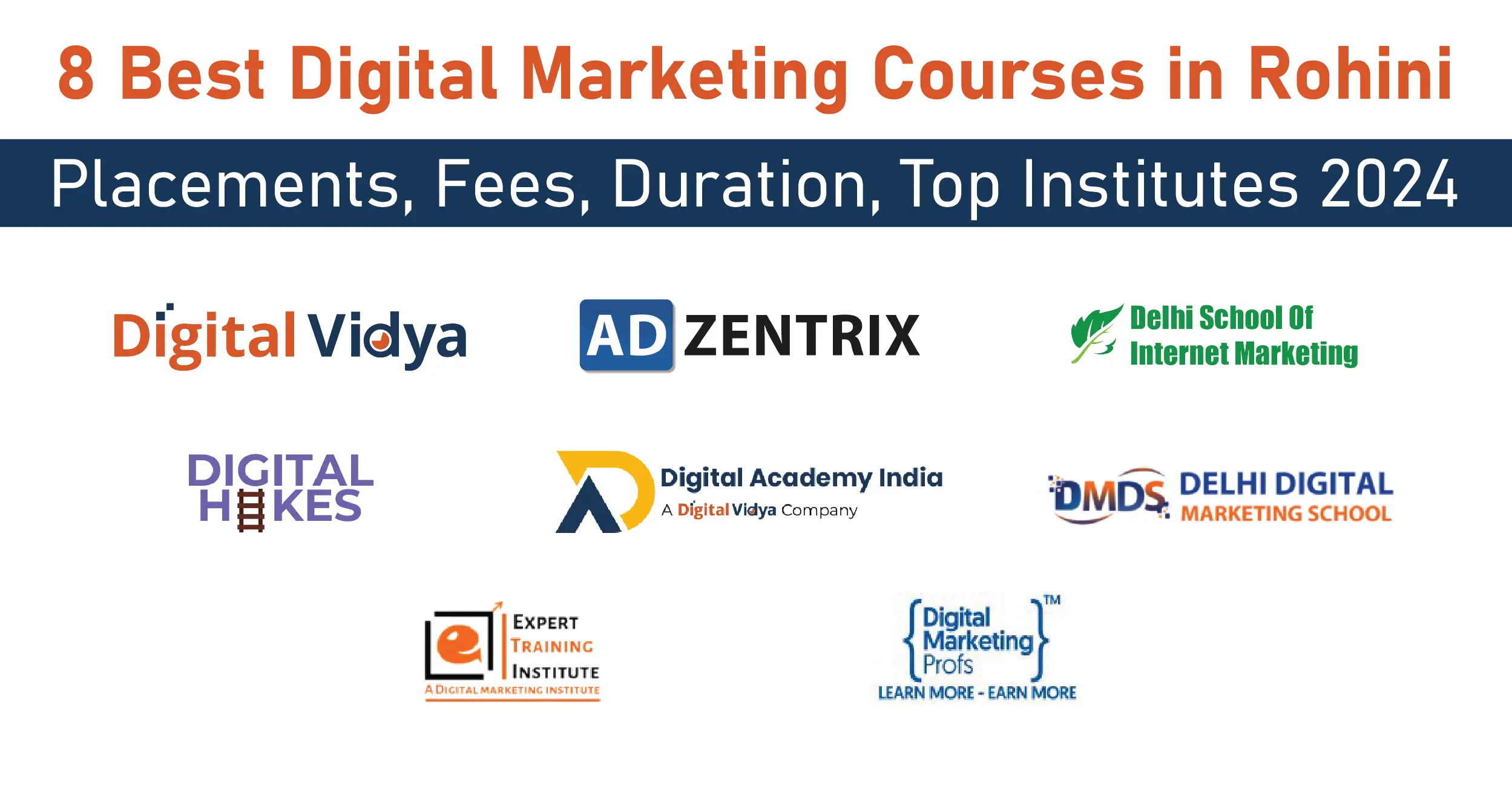There are various platforms where we share our content with the audience. We research from different resources, gather it and finally showcase it as an informative piece. Something will always be missing until you realize the importance of ‘curated content’. New to the word? Chill! In this article, we will map all the possible streams of content curation and discuss its strategies and tools.
Curation makes you the go-to source for what your audience wants to know. – CaylorSolutions
Many content marketing experts believe that their business could face huge damage without content curation.
Let’s first understand how content curation is different from content marketing. Content marketing means generating new stuff/content whereas curation means using various sources to accumulate and present this. This involves various steps like researching, gathering, organizing and displaying content.
Download Detailed Brochure and Get Complimentary access to Live Online Demo Class with Industry Expert.
Content Curation has become the chief element among marketers. Digital business is all about producing an ample amount of content each day.
Fair enough! But, not everyone has enough time and budget to write and publish a good amount of content. We try our best to walk with the competition and challenges until its difficult to stand along with the demand. And this is the saturation point where content curation arises.
Things you will learn
(i) The goal of this article is to guide you through the following topics:
(ii) What is content curation?
(iii) How does content curation help in marketing?
(iv) Why content curation is a good idea?
(v) What is content curation strategy?
(vi) How well does content curation go with content marketing?
(vii) What are the content curation tools?
(viii) What are the ways through which content curation can be used for brands?
(ix) How to curate effectively?
What is Content Curation?

Content Curation is the phenomenon where we research, store and further organize the content gathered from various sources. The content must revolve around a specific keyword. Today, the word ‘content curation’ is now roaring in the digital market. It has evolved as a success path for many organizations.
To define content curation more specifically, it consists of using keyword-related content from various websites and communicating the variety of subject-oriented information through strategic planning.
I’ll take the example of a DJ. You might have noticed yourself dancing to the slow and songs at the party. How? This is because he plays it with a variety of music. There, you experience different music to different lyrics, which is way more interesting and engaging. This is known as the music curation.
Similarly, the content curation includes take out quality-rich and informative content that are going to interest your audience and engage their minds. Curation is not an easy task but there are certain tools and strategies that will certainly aid in writing curation content.
How does Content Curation help in Marketing?

In this digital age, it’s very important to manage and share information effectively. Much of the content we come across revolves around the same information. Content curation demands to gather more and more relevant information, organize and display it smartly to the readers.
Let’s learn how content curation can benefit you:
(i) You don’t have to think and write a piece of innovative information. Content is everywhere. Get it from a magazine, your smartphone, a newspaper or a pamphlet or blogs. Collect it from n sources, store, organize, and share.
(ii) You can increase your online presence by curating. Write and share your content, this would help you grow networks.
(iii) The best thing is that you will learn a lot. When you read, collect, and organize information; this updated information is helping your business in a greater note.
(iv) You become a spotlight in your niche: Writing and sharing frequently build up confidence among your audience.
They start waiting for your content publication. Your frequency of publishing brings more audience and hence decides your business growth.
By developing more audience, you can share your brand-oriented content, which brings clarity to their minds about your brand.
What are the Properties of Effective Curated Content?
(i) Attribution of the original author
(ii) Creating Backlinks
(iii) Quotations from the original content
(iv) Call-to action button
(v) Commentary
How to Curate Content Effectively?
Alright, we shared many thoughts about writing curated content but, how to decide the topic, its value to the audience, and their reaction?
Follow the rule ‘social for a reason’.*
*Social for a reason or the ‘third rule for content’ follows three steps:
Personal: Your one-third of the content must be personal, incorporating the information about your business, employees, success, etc.
Point: Keeping the other one-third information-rich. This may include videos and images.
Promotion: The rest must be the promotional content that directs the audience to check into your website.
Below listed are the ways how you can get your feet effectively on content curation:
1. Understand the Market Demand
Don’t kill your time for content writing before understanding what your audience wants. Answer yourself the following question before publishing a content:
(i) Who would be my audience?
(ii) Will my content be valuable for my audience?
(iii) What will my audience learn?
(iv) Is my source of information trustworthy?
(v) Is it unique content?
(vi) How would the readers react?
2. Never Publish an Irrelevant or Unnecessary Content
Publish only the content which has direct or indirect relevance with your business. Your content must be timely, valuable, and interesting.
3. Be Consistent with your Shares & Write Promotional Content
Writing the promotional content is important, but less. Write it in a ratio of 1:10. Keep the content more realistic rather than just writing as a promotion.
4. Get a Variety for Your Content
Don’t let your content revolve in the whirlpool of similar topics. Bring something new.
5. Be Disciplined with Posting
Keep in mind one thing that the audience will only be loyal if you are disciplined. Never delay your posts.
How Should be your content?
Keep your content –
(i) Credible
(ii) Relevant
(iii) Diverse
(iv) Unique
(v) Validating
What are the Content Curation Tools?
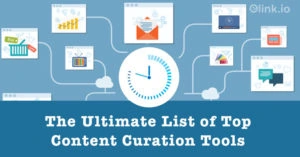
Content curation may be difficult for beginners as they get stuck in the complexities of subscriptions and expensive tools, but, nevertheless, here we will discuss the 10 popular content curation tools which are absolutely free of cost and easy to use.
These tools will help you to be systematic and regular in posting content.
1. Pocket
Pocket is one of the best tools to help you in saving the content, images, and videos for publication. Replacing your previous ways where you sent a number of emails with links, pocket saves only the most interesting and important links, images, and videos. Pockets make it easy to find the articles by creating tags. Here, you can make use of Pocket to save content directly from Twitter to your account. The purchase price varies from zero to $4.99 per month.
2. Flipboard
One of the best places that I would recommend to you to showcase your work on. Flipboard creates a mini-magazine for you using your content, links, blogs, videos. You can share this magazine to attract followers and also post it on social media. Flipboard is a free application that you can download on both, desktop and mobile.
3. Twitter Lists
Twitter can be messy and mingled up with the accounts that you follow. Twitter lists help you to organize and sort out your feed. You can create curated groups and follow the feed separately. One can share and reply to their comments by organizing and categorizing the followers by arranging them in segments.
4. Buzzsumo
Here, you can learn what the influencers are sharing and what is the most shared and read the content in the last week or month. The purchase price varies from zero to $79 to $599 per month.
5. Scoop.it
Scoop.it is like a bridge between content curation and social media. It connects you to the most relevant pages as you select your interest. You get updated with the relevant content every day. Scoop.it has a Pinterest approach that organizes topics on a page that you can further write for your blog. The per month price of the blog is $67.
6. Feedly
Feedly helps you to keep and store all your segregated top feeds at one common spot. You can also track your internal information using this, it takes two routes – Visiting one website, copying the URL and pasting it; then you can aggregate news by Feedly for further reference. You can buy it for free to $ 18 per month.
7. Curata
Tell Curata about the type of content you are interested in. You’ll regularly get the feed from the same topics. It helps you to discover relevant content for their audience. One can customize and fine-tune the content for review and distribute it for a common platform. You can repurpose the content for the blog and other social networking sites.
8. Publish This
This customizes content for the users. Publish This gathers the relevant material from your feed. It is similar to Curata. Publish This helps you to manage and distribute original content as customization for specific users. You can buy its subscription from $ 399 per month.
9. Quuu
Quuu is free software. The tool is helpful as it analyzes all the social media content & content, content on other platforms, and on various channels for publishing and sharing it on your website. The best thing Quuu helps you in is – you can set it in auto-pilot mode for scheduling social media posts and tweets with the best relevant recommended content.
10. Up Content
Using Up Content tool, you can create a dashboard to get updates of the content from the topic of interest. Here, you can easily select the most interesting piece of interest and share it in your blog and social networks.
Content Curation Strategy
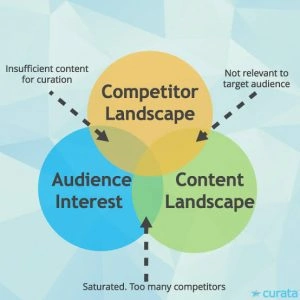
If you are writing marketing content, make sure to include a content curation strategy. Even the top leading marketers are using 25% of content curation to succeed in marketing. Content curation strategy is a 5-way process as listed below:
1. Define
The prime need is to know your objectives. Know why are you curating? Define them and proceed. Your objectives may include:
(i) Knowledge Management
(ii) Competitive Intelligence
(iii) Demand Generation
(iv) Building Awareness
2. Search
The time you are clear with your objectives, you can proceed further for choosing the topic and searching for sources for curation. The sources base may be considered among the topics written below.
(i) Industry blogs
(ii) Feed Reader
(iii) Scientific Journals
(iv) Trade Publications
(v) Public Relations team
(vi) LinkedIn Pulse
(vii) Email Newsletters
(viii) Twitter Lists
(ix) Specific Twitter users
Your topic of curation may depend upon the following:
(i) Audience Interest
(ii) Competitor Landscape
(iii) Content Landscape
3. Curate
Remember to keep your content relevant and unique. Use the following attributes in your curated content:
(i) Self-commentary
(ii) A thumbnail size image
(iii) Keeping your annotation longer than the original
(iv) Retitle the topic
4. Share
Look for the platform where you are looking to share your content. The platforms can be:
(i) Social Media posts
(ii) Newsletter
(iii) Feed
(iv) On-site widget
(v) Some dedicated microsites
5. Analyze
After publishing analyze the following factors:
(i) Follower growth
(ii) Bounce rate
(iii) Days since the last visit
(iv) Pageviews
(v) Sales growth
(vi) Subscriber growth
Conclusion
Content Curation is the process of creating, gathering and presenting digital content that covers specific topics. Although many people in the content world still find it a “buzz term,” content curation is now becoming an advertising standard for many businesses with an online presence that has been successful.
If you are looking to learn more about Content Marketing, you can enroll in our certified digital marketing course.
I’ve covered all the points on content curation. For any review or queries, please let me know in the comment box.







